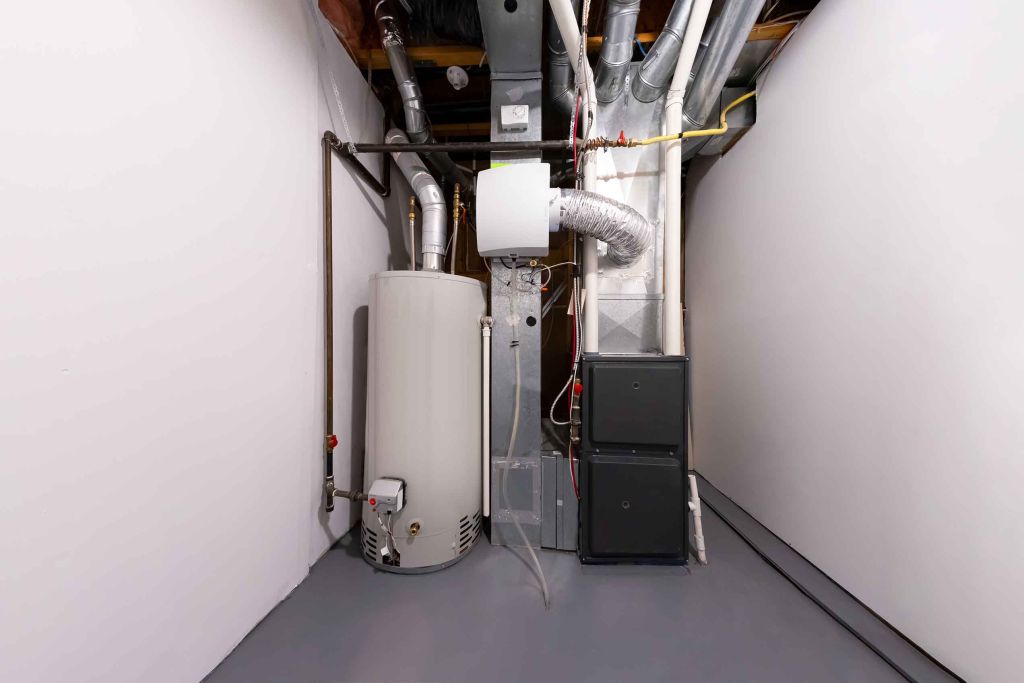bringing high-end Usage
Energy Efficiency
decreasing energy consumption
decreasing energy consumption
Energy Efficiency
According to the US Small Business Administration, HVAC equipment utilizes nearly 40% of the energy usage in commercial buildings. Making HVAC systems more energy efficient is the most effective way to decrease energy consumption and costs.
Ventilation, heating, and cooling on demand for varying zones and times make HVAC more energy efficient. ACTS Electric are the experts to bring high-end energy efficiency to HVAC systems without sacrificing comfort.

ACTS Electric are expert at producing long-term energy savings. Variable frequency drives (VFD) balance the HVAC system capacity to specific temperature needs and allow the electric motor to run at less than full speed when possible. Energy consumption can reduce by 60% simply by reducing the motor speed by 25%. Decreasing the motor by 50% can generate 90% less energy consumption. The trim and respond method decreases energy consumption by lowering the set point until dampers or valves are almost underserved. The set point is then raised until the device is meeting the demand. Building automation systems (BAS) also creates energy savings by ensuring that all systems communicate effectively.
The American Society of Heating, Refrigerating, and Air Conditioning Engineers (ASHRAE) is a global society dedicated to advancing the science of heating, ventilation, air conditioning, and refrigeration fields. ASHRAE Guideline 36, High-Performance Sequences of Operation for HVAC Systems, creates and maintains top standardized HVAC control sequences. A language of standard terms guidelines promotes seamless communication between contractors, operators, and specifiers. It also reduces costs and energy consumption with more robust systems, software, and control sequences.
High-Performance Sequences of Operation for HVAC Systems. The ASHRAE issued high-performance sequences of operation for HVAC systems for maintenance technicians, building owners, control contractors, HVAC designers, and commissioning agents. The uniform sequences of operation for HVAC systems provide control stability, increase energy efficiency and system performance, and provide immediate error detection and diagnostics. Standardizing control sequences reduces programming, engineering, commissioning time, and energy consumption while improving air quality. This guideline is subject to changes and updates over time.










